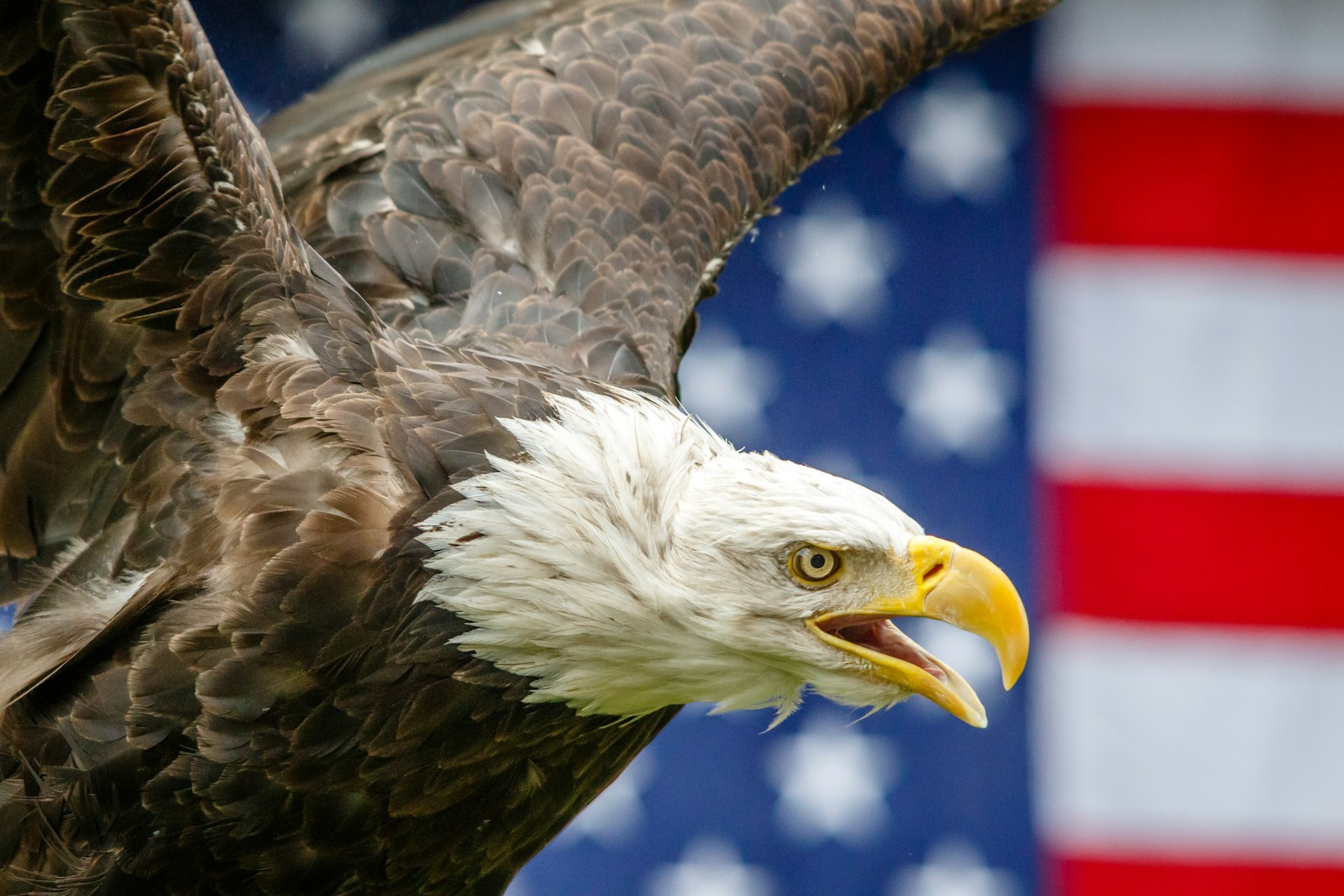The bald eagle, America’s national bird and a powerful symbol of freedom, once teetered on the brink of extinction throughout the lower 48 states. Their remarkable journey from near-extinction to recovery represents one of the greatest conservation success stories in United States history. National parks played a crucial role in this wildlife comeback, serving as protected havens where these majestic birds could rebuild their populations away from human persecution and environmental threats. This article explores how dedicated conservation efforts within America’s national park system helped transform the bald eagle’s fate from a conservation emergency to a triumphant example of species recovery. Their story offers hope and inspiration for wildlife conservation efforts worldwide, demonstrating that with proper protections and management, even severely endangered species can rebound.
The Bald Eagle’s Dramatic Decline
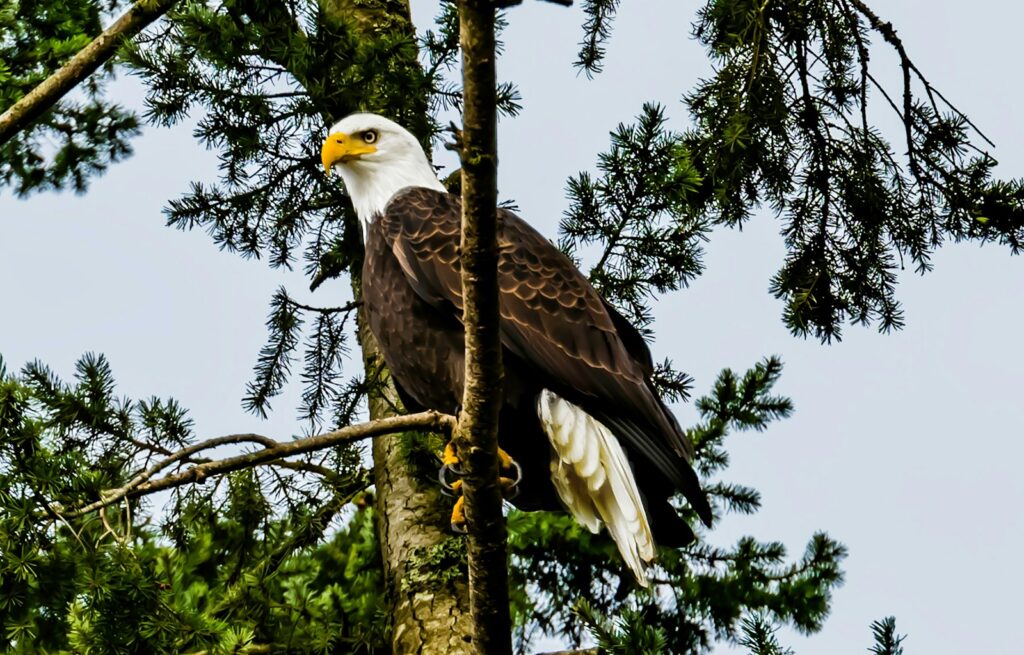
By the mid-20th century, bald eagle populations had plummeted to dangerously low levels across the continental United States. The primary culprit behind this decline was the widespread use of DDT, a pesticide that accumulated in the eagles’ food chain and caused their eggshells to thin and break before hatching. Additional threats included habitat destruction as wetlands were drained and forests cleared for development, eliminating crucial nesting sites and hunting grounds. Deliberate shooting also contributed significantly to population losses, as some ranchers and farmers viewed eagles as threats to livestock. By 1963, the situation had become so dire that only 417 nesting pairs remained in the lower 48 states, a shocking decline for a species that once numbered in the hundreds of thousands across North America.
Legal Protections That Sparked Recovery
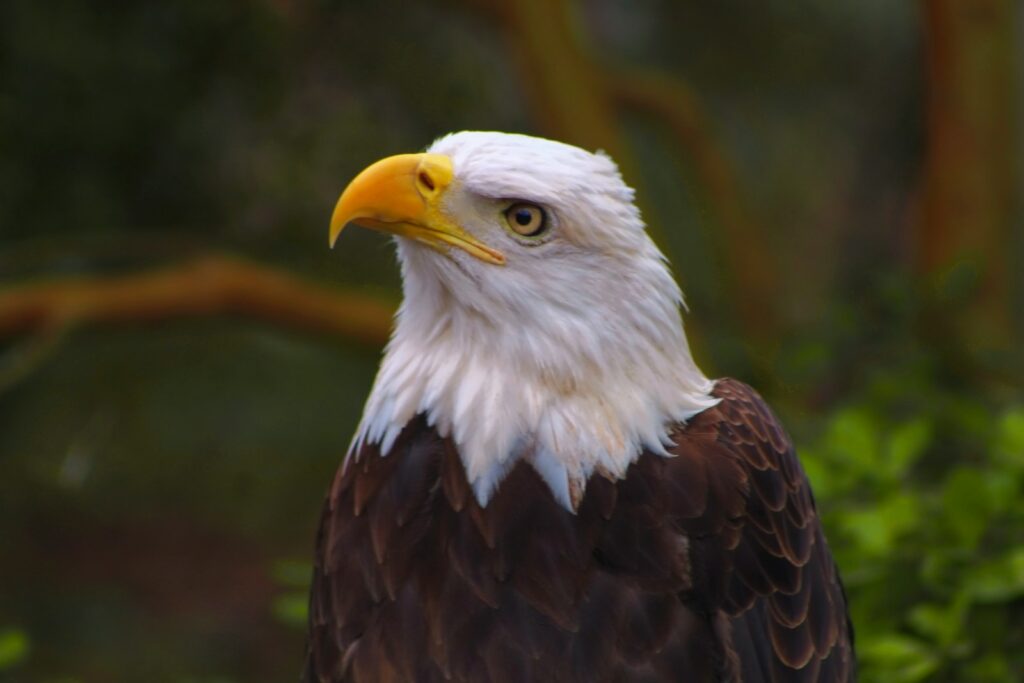
The bald eagle’s path to recovery began with crucial legal protections that acknowledged its perilous status. The Bald Eagle Protection Act of 1940 (later amended to include golden eagles) made it illegal to kill, harass, or possess these birds without special permits, creating the first federal shield against direct persecution. When the Endangered Species Act passed in 1973, bald eagles received even stronger protections as one of the first species listed, unlocking federal resources and recovery planning specifically tailored to their needs. Perhaps most significantly, the Environmental Protection Agency’s 1972 ban on DDT removed the single most devastating threat to eagle reproduction, allowing breeding pairs to once again produce viable offspring. These legal frameworks created the foundation upon which all subsequent recovery efforts would build, establishing both consequences for harming eagles and mechanisms for actively aiding their recovery.
National Parks as Eagle Sanctuaries
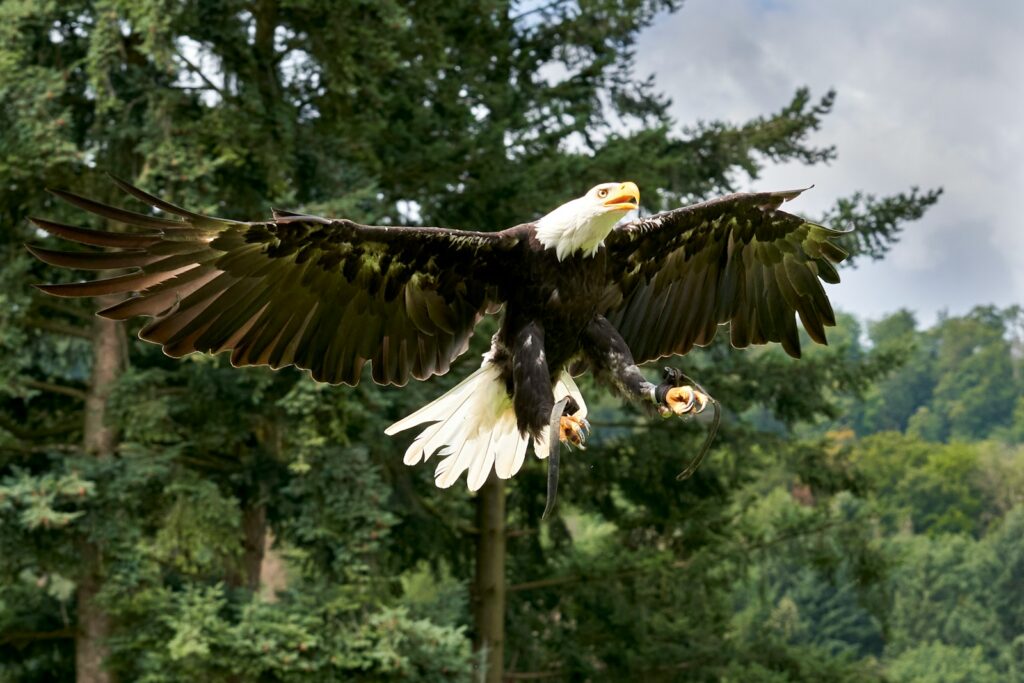
National parks emerged as critical safe harbors for remaining bald eagle populations during their most vulnerable period. The National Park Service’s dual mandate to preserve natural resources while providing for public enjoyment created ideal conditions for eagle recovery, offering vast protected territories free from development, hunting, and most human disturbances. Parks like Yellowstone, Olympic, and Voyageurs maintained intact ecosystems with healthy fish populations and abundant mature trees for nesting, providing all the elements eagles need to thrive. During winter, parks such as Klamath Basin National Wildlife Refuge became crucial congregation sites where eagles could access fish and waterfowl prey when northern waters froze. The continuity of protection within these federal lands allowed eagles to establish stable breeding territories and gradually rebuild their numbers, even while habitat outside park boundaries continued to face development pressures.
Everglades National Park: A Cornerstone of Recovery
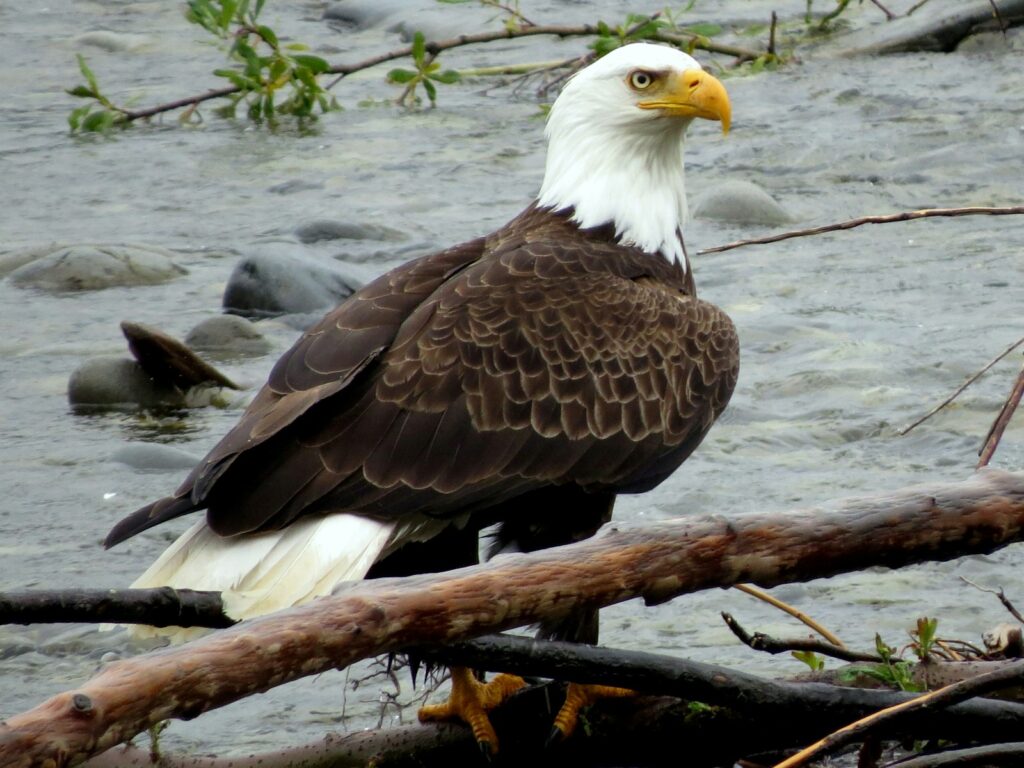
Everglades National Park in Florida served as a particularly vital stronghold for the bald eagle during its population bottleneck. The park’s vast wetlands ecosystem, with its abundant fish supply and remote cypress stands, provided ideal habitat for one of the largest remaining eagle concentrations during the species’ decline. Park biologists implemented intensive monitoring programs to track nesting success, allowing them to identify and address specific threats affecting the Everglades eagle population. The park’s designation as both a World Heritage Site and International Biosphere Reserve brought additional resources and attention to conservation efforts within its boundaries. As recovery progressed, the Everglades population became an important source of eagles that would eventually disperse to recolonize former territories throughout the Southeast, demonstrating how protected park populations could serve as nuclei for broader regional recovery.
Olympic National Park’s Eagle Resurgence
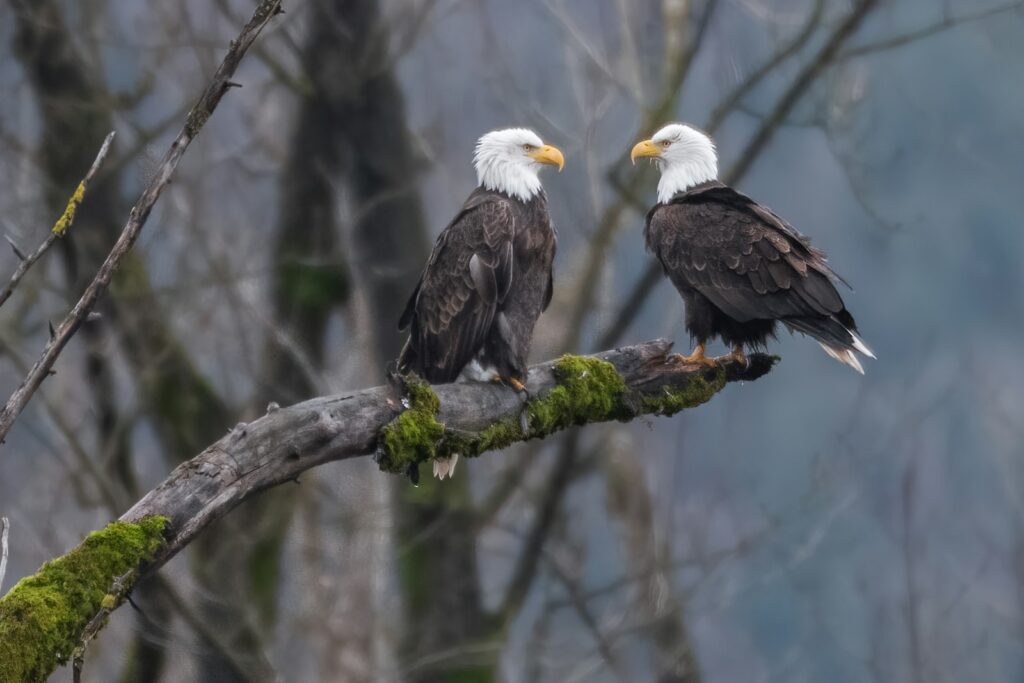
Olympic National Park in Washington state represents another remarkable chapter in the bald eagle recovery story. This park’s unique geography, encompassing coastal areas, temperate rainforests, and alpine regions, provided diverse habitats supporting eagles year-round. The park’s pristine rivers and coastal areas offered abundant salmon and other fish, providing a reliable food source that supported successful nesting. Park managers implemented seasonal closures around sensitive nesting areas, balancing public access with the eagles’ need for undisturbed breeding sites. Dedicated monitoring efforts by park biologists tracked population trends, documenting the gradual increase from just a handful of nesting pairs in the 1970s to over 100 territories today. The recovery in Olympic became a model for other parks, demonstrating how protected areas with minimal human disturbance could foster dramatic population rebounds once environmental contaminants were reduced.
Innovative Breeding and Reintroduction Programs
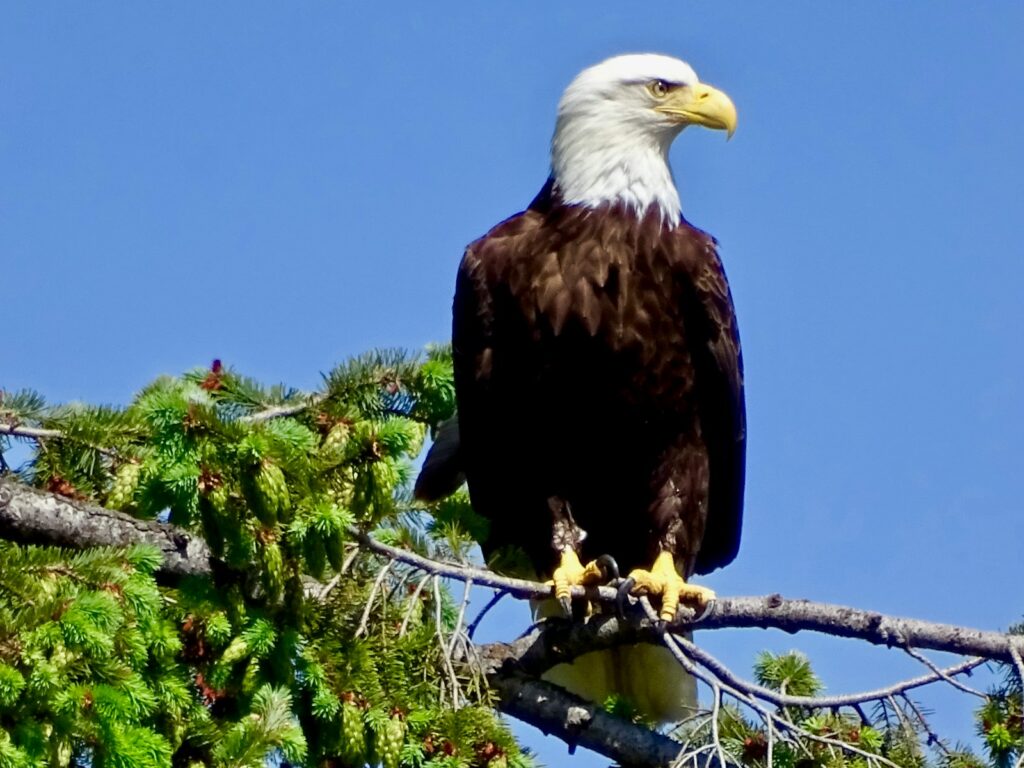
Beyond simply protecting existing eagles, national parks participated in groundbreaking programs to actively increase eagle numbers through captive breeding and reintroduction. The technique of hacking, where young eagles raised in captivity were placed in artificial nests and provided food until they could fly, proved particularly successful in reestablishing populations in areas where eagles had been extirpated. Parks like Voyageurs National Park in Minnesota collaborated with state agencies and conservation organizations to identify prime release sites with minimal human disturbance and abundant food resources. Careful genetic management ensured that reintroduced birds maintained appropriate genetic diversity, strengthening the resilience of recovering populations. These programs required meticulous planning and extensive resources, but their success demonstrated that actively rebuilding eagle populations, rather than simply protecting remaining birds, could accelerate recovery timelines significantly.
Scientific Research and Monitoring Efforts
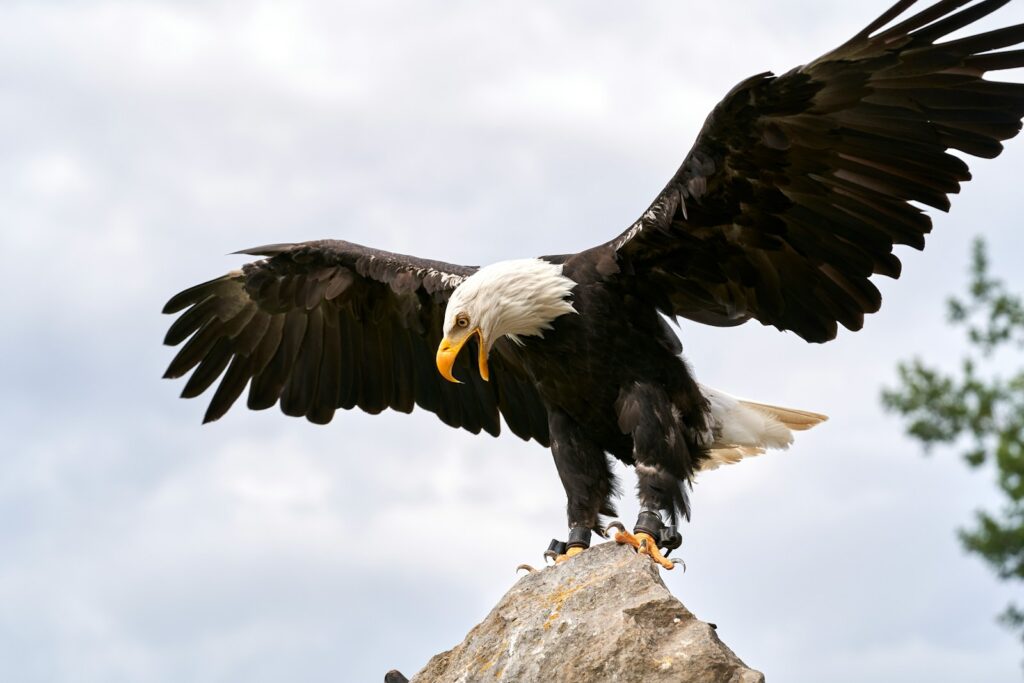
The recovery of bald eagles in national parks was guided by rigorous scientific research that informed management decisions. Park biologists conducted comprehensive studies on eagle nesting requirements, prey preferences, and responses to various forms of human disturbance, generating critical knowledge that shaped protection strategies. Advanced monitoring techniques, including aerial surveys, remote cameras, and satellite tracking, provided unprecedented insights into eagle movements and habitat use across seasons. Long-term data collection was particularly valuable, allowing scientists to identify population trends and measure the effectiveness of specific conservation actions over time. By sharing research findings through scientific publications and inter-agency collaborations, national parks helped disseminate best practices for eagle management well beyond park boundaries, multiplying the impact of their conservation efforts.
Public Education and Awareness Campaigns
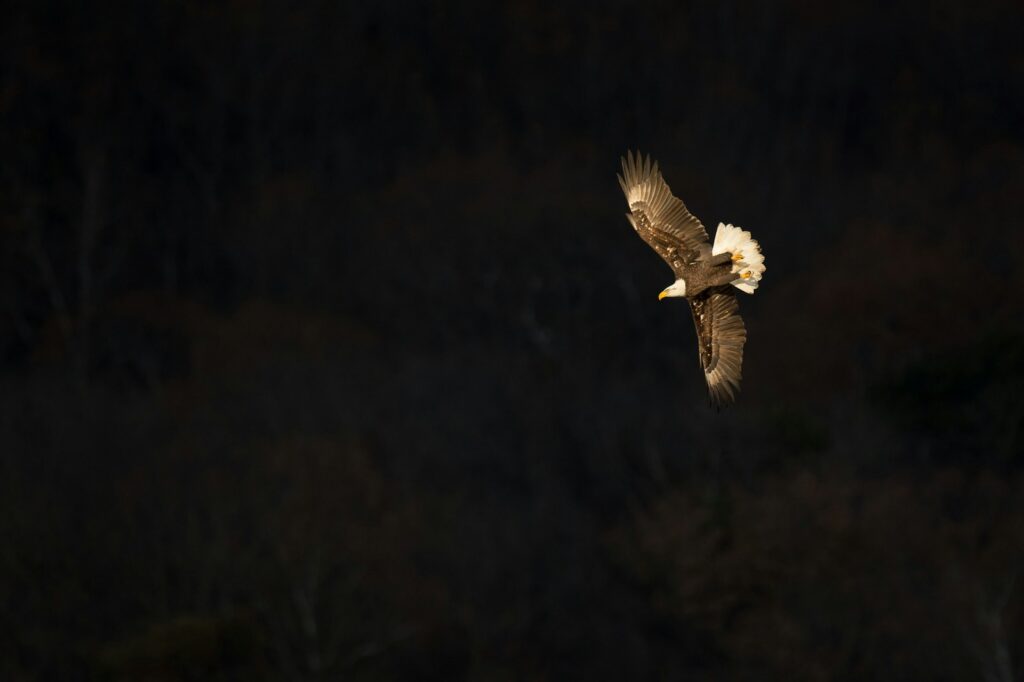
National parks leveraged their position as America’s most beloved public lands to build support for eagle conservation through innovative education efforts. Visitor centers featured compelling exhibits explaining the eagles’ plight and recovery, creating emotional connections between park visitors and these iconic birds. Ranger-led programs offered opportunities to observe eagles safely in their natural habitat while learning about their ecological importance and conservation needs. Many parks established eagle-focused viewing areas with spotting scopes and interpretive materials, allowing visitors to experience these magnificent birds firsthand. These education initiatives transformed public perception of bald eagles from agricultural pests (as they were once widely viewed) to treasured national symbols deserving protection, building political and social support for conservation measures that extended well beyond park boundaries.
Habitat Management and Restoration

Active habitat management within national parks played a crucial role in supporting growing eagle populations throughout the recovery period. Park managers identified and protected critical nesting trees, sometimes establishing buffer zones around active nests to prevent disturbance during sensitive breeding periods. In some parks, restoration efforts focused on improving riparian corridors and wetlands that provide essential hunting habitat, enhancing the availability of fish and waterfowl prey. Prescribed burning programs helped maintain open areas where eagles could more easily spot and capture prey, while simultaneously promoting forest health. As climate change emerged as a new threat, parks began incorporating climate resilience into their eagle habitat management, identifying and protecting areas likely to remain suitable for eagles even as conditions change, ensuring these recovered populations will have habitat security into the future.
Partnerships Beyond Park Boundaries
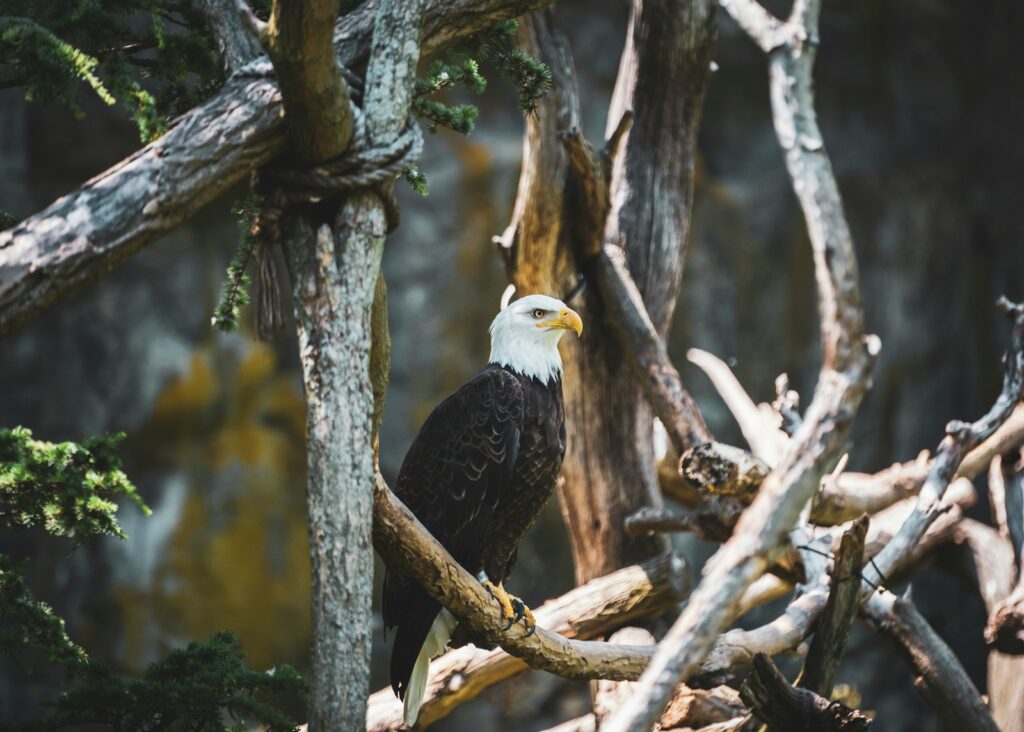
The success of bald eagle recovery in national parks relied heavily on collaborative partnerships that extended conservation efforts beyond park boundaries. Parks worked closely with state wildlife agencies to coordinate monitoring efforts and share resources, creating more comprehensive protection across eagles’ extensive ranges. Non-governmental conservation organizations like The Nature Conservancy and Audubon Society partnered with parks to acquire and protect additional eagle habitat in buffer zones around park boundaries. Collaboration with tribal nations proved particularly valuable, as many tribes hold eagles sacred and brought traditional ecological knowledge to conservation efforts. These partnerships multiplied the effectiveness of recovery efforts by addressing the reality that eagles require large territories and often move between jurisdictional boundaries, necessitating coordinated protection across diverse land ownership patterns.
Challenges and Setbacks Along the Way
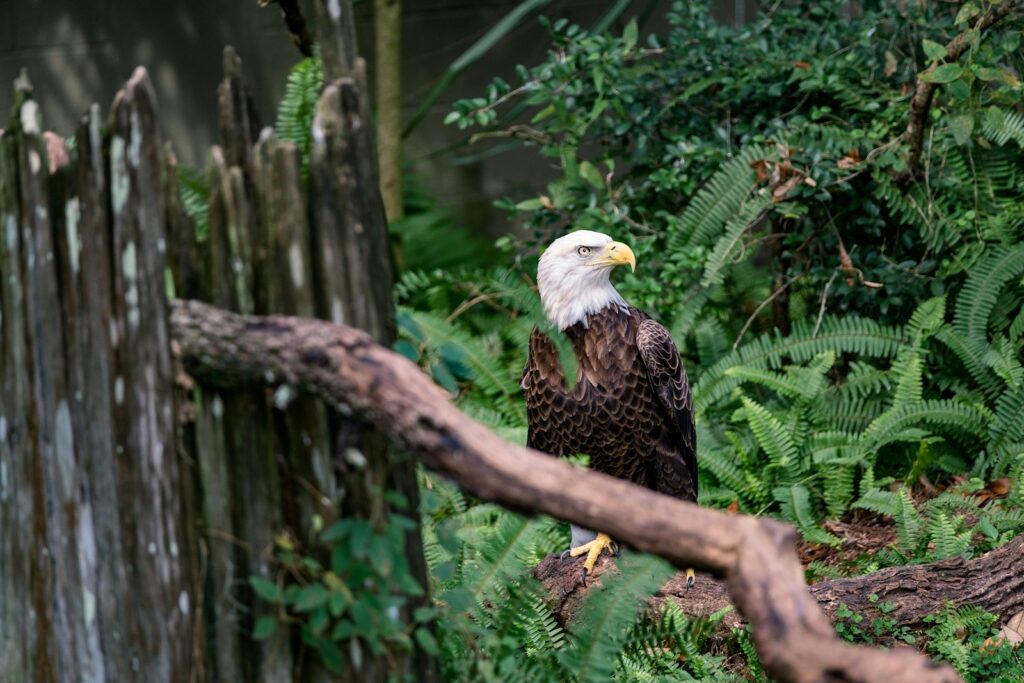
Despite its ultimate success, the bald eagle recovery journey in national parks faced numerous challenges and setbacks that required adaptive management. Lead poisoning emerged as a significant threat when eagles consumed ammunition fragments in hunter-killed game animals left in the field, prompting education campaigns and ammunition restrictions in some areas. Collisions with vehicles, power lines, and wind turbines created ongoing mortality concerns that required creative solutions, including road management and infrastructure design modifications within and around parks. Occasional disease outbreaks, including avian influenza and West Nile virus, threatened local eagle populations and required rapid response protocols to contain spread. Climate-related impacts, including more frequent storms that destroy nests and changing prey availability patterns, presented new challenges that continue to test the resilience of recovered populations and the adaptability of park management strategies.
Delisting and Continued Vigilance

The bald eagle’s recovery culminated in its removal from the endangered species list in 2007, a milestone that reflected its remarkable population rebound to over 9,700 breeding pairs across the lower 48 states. This delisting represented the fulfillment of recovery goals established decades earlier but did not signal the end of conservation efforts within national parks. The Bald and Golden Eagle Protection Act continues to provide substantial legal protection, prohibiting taking or disturbing eagles without permits. National parks maintain monitoring programs to ensure populations remain stable or increasing, with protocols in place to identify and address any new threats that emerge. Many parks continue seasonal closures around active nest sites, balancing increased visitation with the eagles’ need for undisturbed breeding areas. This ongoing vigilance represents a recognition that conservation success requires not just achieving recovery targets but maintaining them through continued stewardship.
The Eagle’s Recovery as a Model for Conservation
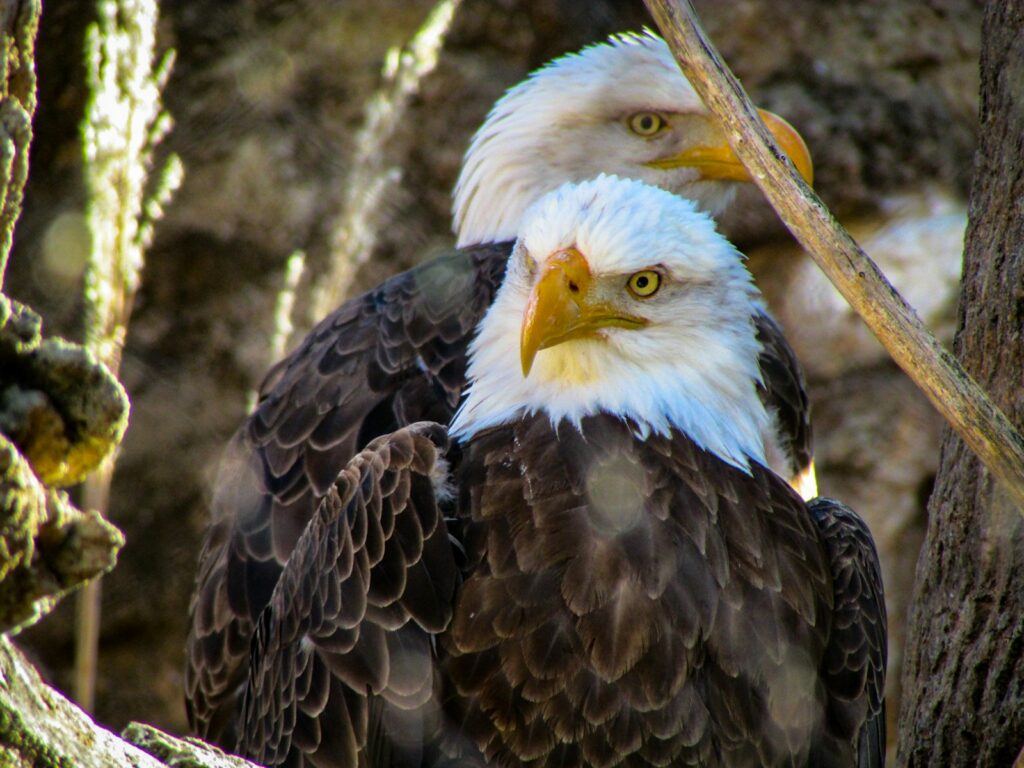
The successful recovery of bald eagles in national parks has become a powerful model for conservation efforts targeting other endangered species. The eagle’s recovery demonstrates that even species on the brink of extinction can rebound when root causes of decline are addressed and appropriate protections are implemented. The multi-faceted approach—combining legal protection, habitat preservation, active management, research, and public engagement—provides a template that has since been applied to conservation programs for California condors, peregrine falcons, and other imperiled species. Perhaps most importantly, the visible success of eagle recovery efforts within beloved national parks has built public confidence in conservation programs and their ability to make a meaningful difference. Park visitors who witness eagles soaring above landscapes where they were once absent take home powerful evidence that dedicated conservation work yields tangible results, inspiring support for broader biodiversity protection efforts.
Future Horizons for Eagle Conservation
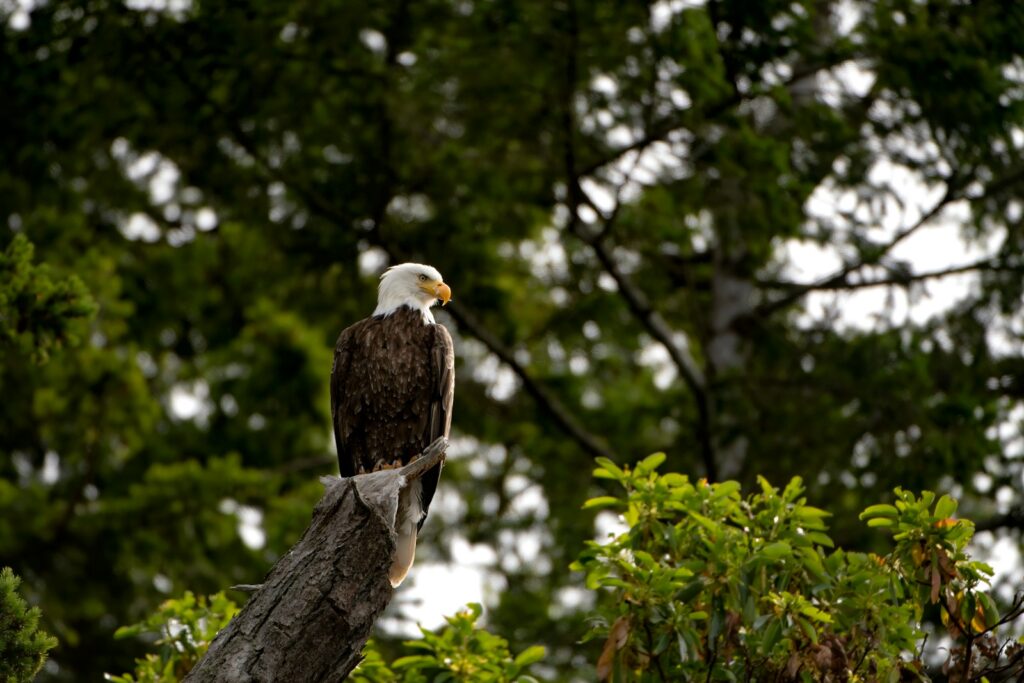
Looking ahead, national parks continue to evolve their eagle conservation strategies to address emerging challenges and opportunities. Climate change adaptation represents a primary focus, with parks identifying and protecting climate refugia where eagles will find suitable conditions as temperatures rise and precipitation patterns shift. Technological advances in monitoring, including DNA sampling from feathers and remote tracking devices, are providing unprecedented insights into eagle movements, genetics, and health that inform increasingly sophisticated management approaches. Many parks are expanding their focus beyond simple population numbers to consider the ecological functions eagles provide as apex predators and their cultural significance to indigenous communities and all Americans. As human populations grow and development pressures increase around park boundaries, maintaining connectivity between protected areas becomes increasingly crucial to ensure genetic exchange between eagle populations, representing the next frontier in ensuring this conservation success story continues for generations to come.
The recovery of the bald eagle in America’s national parks stands as a powerful testament to what can be achieved when scientific understanding, legal protection, dedicated management, and public support converge around a conservation goal. From fewer than 500 nesting pairs to thousands soaring across the nation, bald eagles have reclaimed their place in America’s skies and in our national identity. Their journey from the edge of extinction offers hope in an era of biodiversity loss, demonstrating that even severely imperiled species can recover when given the chance. As visitors to national parks look skyward and witness these magnificent birds in flight, they experience not just the beauty of nature, but also the tangible results of one of history’s most successful wildlife conservation efforts—a legacy that continues to inspire and inform conservation work worldwide.

